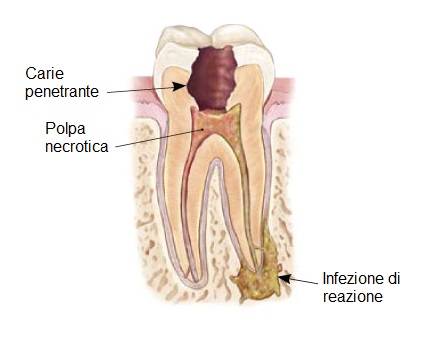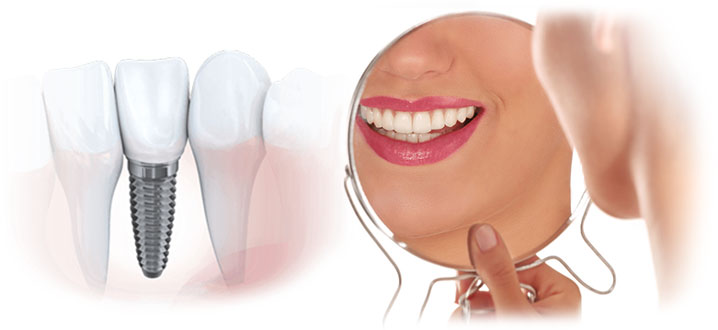Endodontics
Endodontics
Endodontics is responsible for treating the dental pulp (tissue present inside the tooth, which contains the nerve, blood vessels and the soft connective tissue) and the tissues surrounding the tooth. This treatment is also known as root canal treatment: the dentist removes the pulp, fills the interior with a suitable filling material and seals the root with a thermoplastic rubber called gutta-percha.
The root canal treatment becomes necessary when the nervous tissue or the pulp is inflamed or infected. If you do not proceed with endodontic treatment, the tooth will get worse, will bring pain to the inflamed area and also to the abscess.
The treatment is practiced under local anesthesia, so the patient will not feel anything.
How does a root canal treatment work?
First, our endodontist – a doctor who is specialized in diagnosing, preventing and treating dental pulp diseases and injuries – will do an x-ray of the arch to learn about the shape and extent of inflammation and to decide on the most suitable treatment.
After anesthesia, a latex dam is placed on the tooth so that nothing can fall into the tooth, not even saliva, and the area to be treated remains dry. At that point the endodontist will remove the pulp tissue and clean up the canals.
The next step in the root canal treatment involves filling each canal with gutta-percha and a sealing cement. Gutta-percha is biocompatible material, so it has no effect on the mouth.
The dentist will fill the tooth with a temporary filling: at a second session the tooth will be closed with a permanent filling or with an artificial dental crown.
Go back to smiling and chewing your favorite foods in complete safety
When is root canal treatment necessary?
There are various symptoms that make you understand when you need endodontics treatments:

When the dental pulp is infected, the bacteria multiplies in the pulp chamber and together with the dying pulp, they create an infection or an abscess that is a bag full of pus that forms at the root of the tooth. If the infection progresses, pain and swelling may extend to other parts of the face.
Once the infection has been eliminated, thanks to the canal treatment the restored tooth will normally develop the chewing functions. It is important, however, to carefully treat oral hygiene after an endodontic treatment.








